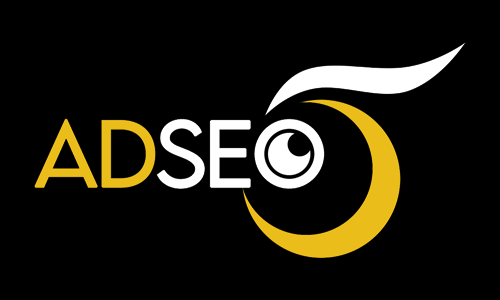Democratizing Design: A Wave of Practical Tools Empowering Website Creation
The world of website design is no longer just the playground of seasoned developers and coding wizards. With the introduction of innovative and practical tools, building a website has become increasingly accessible to individuals with little to no technical expertise. This democratization of design is changing the landscape, empowering businesses, entrepreneurs, and creatives to bring their online visions to life with ease.

Let’s explore some of the exciting tools spearheading this revolution:
1. Website Builders: Platforms like Wix, Squarespace, and Weebly offer drag-and-drop interfaces and pre-built templates, allowing users to visually construct their websites without writing a single line of code. These tools provide extensive customization options, making it easy to create unique and professional-looking websites.
2. Content Management Systems (CMS): Platforms like WordPress offer more flexibility and control for content-driven websites. While requiring some basic technical understanding, CMS platforms offer a plethora of themes, plugins, and customization options, giving users greater control over website functionality and design.
3. Landing Page Builders: Tools like Unbounce and Leadpages cater specifically to creating high-converting landing pages. These platforms offer pre-designed templates, A/B testing tools, and analytics features, helping users optimize their landing pages for maximum engagement and lead generation.
Please click to see website design examples.
4. Design Collaboration Tools: Platforms like Figma and Adobe XD enable real-time design collaboration between multiple users. These tools allow designers and clients to work together on website mockups, providing instant feedback and streamlining the design process.
5. AI-powered Design Assistants: Tools like Webflow and Wix ADI are incorporating artificial intelligence to assist users with design tasks. These AI assistants can suggest layouts, color palettes, and even generate personalized content, making website creation even more intuitive and accessible.
The benefits of these tools are undeniable:
- Reduced Barriers to Entry: They eliminate the need for expensive coding skills, making website creation accessible to everyone.
- Faster Development Time: Building a website becomes a streamlined process, allowing users to launch their project quickly and efficiently.
- Cost-Effectiveness: Many tools offer affordable subscription plans, making website creation budget-friendly for individuals and small businesses.
- Creative Exploration: Pre-built templates and design assets provide a foundation for creativity, allowing users to personalize their websites without technical limitations.
However, it’s important to acknowledge the limitations:
- Customization Restrictions: While offering flexibility, most tools have inherent limitations to the level of customization possible.
- Limited Functionality: For complex websites with unique functionalities, custom development might still be necessary.
- SEO Optimization: While some tools offer SEO features, optimizing a website for search engines often requires additional expertise.
In conclusion, the introduction of practical website design tools is empowering a new generation of creators. While limitations exist, these tools offer exciting possibilities for democratizing design and enabling anyone to build their online presence. As these tools continue to evolve and integrate new technologies, the future of website creation promises to be even more accessible and user-friendly, further blurring the lines between technical expertise and creative expression.
To read What exactly is digital marketing? Click on the link.








